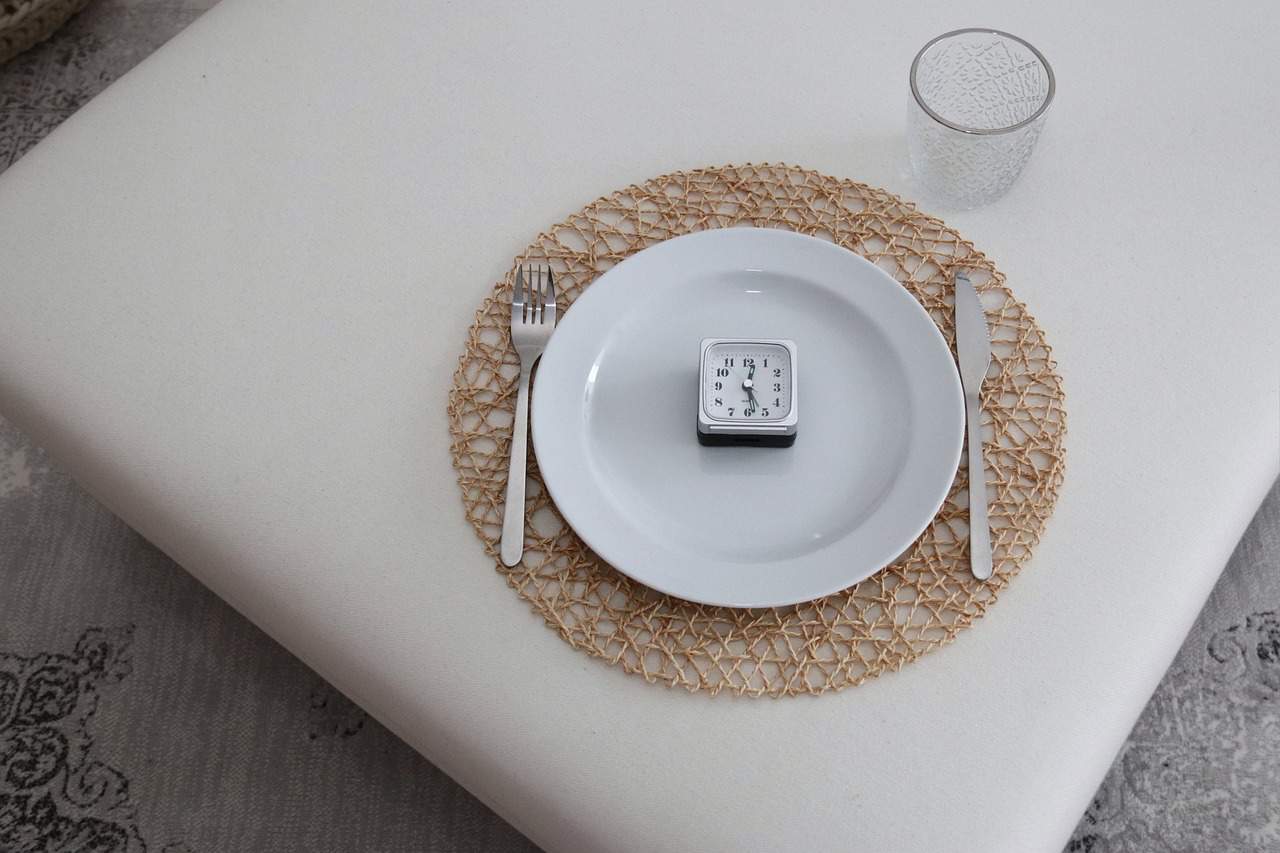
If you’ve considered starting to run, you’ve likely wondered whether running is bad for your knees. This is a hotly debated topic, and if you share your plans to train for a marathon during a family gathering, a relative will likely confront you about how bad running can be for you.
Researchers have investigated this question and found that running actually strengthens your joints and protects against osteoarthritis. So here’s how to protect your knees during training and share the benefits of running when others incorrectly tell you that you’ll regret it later in life.
How Does Running Use Your Knees?
During running, your knees act as a shock absorber, so it’s no big surprise that many people believe that running is bad for your knees. When running, your knees compress, which invites more fluid into the joints to keep them lubricated and healthy.
That’s not to say all running is good for your joints though. It’s important to have good form, core and leg strength to ensure your knees don’t compensate for a lack of strength in another area of your body. Wearing a high-quality and well-fit shoe will also help absorb some of the impact.
Proper posture, a strong core, good hip mobility and strong thigh muscles all ensure you use your knees properly and avoid knee injuries. Also worth considering, maintaining a healthy weight will put less pressure on your lower body when running.
What Causes the Stigma That Running is Bad For Your Knees?
As you join the running community, you’ll hear stories about how runners have experienced knee pain for years caused by running.
But few people know to ask follow-up questions about what might have led to the runner’s knee pain. These questions might include:
- Education and commitment to proper running form
- How many miles they’ve put on their running shoes
- Time they devote to stretching before and after running
- Training volume, rest, and cross-training
Improper form is the leading cause of running-related knee pain. Improper form generally stems from an imbalance in the muscles that support your knees while running. So while you often feel knee pain while running, it isn’t because of the exercise itself but how you’re engaging in the exercise.
How Runners Get Knee Injuries
Knee injuries from running often stem from a variety of causes.
- Improper form
- Worn-out or ill-fitting shoes
- Overtraining
- Poor strength and conditioning for supporting areas of the body
- Failing to stretch before and after a run
- Starting a new running routine too aggressively without proper buildup
Common Knee Injuries From Running
Learning how to identify common knee injuries from running can help you spot the signs early to prevent serious injury. Here’s a look at the most common causes of knee pain while running.
- Runner’s knee/patellofemoral pain syndrome (PFPS): This pain stems from the kneecap and is one of the most common knee injuries among runners. This injury often results from improper running form. It will feel like a dull or sharp pain that worsens with activity.
- Chondromalacia patella (CMP): This happens when you damage your articular cartilage. It causes pain and inflammation in your knee and often is the result of overuse or alignment issues. You’ll feel this pain the most when going up and down stairs or sitting for long periods.
- Patellar tendonitis: This is an overuse injury. You may have heard it called jumper’s knee because runners feel this pain the most when jumping. This injury causes pain and stiffness.
- IT band syndrome: This is another overuse or form injury. The IT band is a long tendon that runs along the outside of your leg and provides stability for your knees. When injured, the IT band is inflamed and irritated. You’ll often feel this injury as a pain along the outer part of your knee.
- Kneecap bursitis: This condition is an inflammation of the bursa in the front of your kneecap. When inflamed, the bursa will put pressure on other parts of your knee. Muscle tightness or overuse can cause this injury.
- Kneecap subluxation: This happens when the kneecap glides over the knee joint or fully dislocates from it. This is often a sudden injury that is hard to miss and can happen when your foot hits the ground in the wrong direction. It is accompanied by a popping sensation and swelling.
- Medial menisicus tear: The meniscus is cartilage around your knee joint. This injury happens when that cartilage tears. You can suffer this injury when your foot strikes the ground at an awkward angle or through steady deterioration in older athletes.
- Knee stress fracture: This injury happens when athletes increase mileage too quickly without a steady buildup. It can also take place when runners use worn-out or inflexible shoes.
Running Isn’t Bad For Your Knees, Here’s Why
Several studies have shown that running can be good for knee health. The exercise can help build healthy joints and decrease the likelihood of developing osteoarthritis.
Running also helps strengthen leg muscles that support your knees, which takes some of the load off your knees even while walking and engaging in other activities.
When your knees undergo regular movement and activity from running, it helps bulk up cartilage by calling upon your body to deliver more blood and fluid to the knees. With time, your knees become more tolerant to compression, which helps with all types of movement, including running.
Running to Prevent Osteoarthritis
While running has long been questioned as to its safety for the knees, new studies prove that the activity can help prevent osteoarthritis.
One study followed a group of runners alongside a group of non-runners for 18 years. It found that 20% of the runners showed signs of osteoarthritis, while 32% of the non-runners had the ailment.
Another study found similar results. It evaluated knee radiographs and participant symptom tracking to evaluate the connection between running and knee pain. It found that study participants who self-selected as runners had no increase in risk for osteoarthritis.
Some of these factors increase in risk with age. To increase your running mileage safely, follow guidance and training plans like how to start running at 50.
How to Prevent Knee Injuries From Running
To ensure that running is good for your knees, follow these tips for preventing knee injuries no matter how much running experience you have.
Prevention Tip 1: Build Up to Higher Mileage and Speed
Starting too fast or too intensely with running is what can put you at risk for injuries. Take time to build up to long distances slowly. Finding a high-quality run training plan is a great way to get started while protecting your knees and all parts of your body. A good rule in running is to increase distance or speed by only 10% per week.
Prevention Tip 2: Build a Stretching Routine
Before-and-after-running stretch routines protect all muscles in your body, including your knees. Plus, stretching can help prevent bad form from tight muscles. You should start your workouts with dynamic stretches and finish them with static stretches.
Prevention Tip 3: Pay Attention to Shoe Wear and Tear
Running shoes can still look pristine from the outside but be worn out on the inside. Learn the estimated mileage for your shoes and try to keep track of that mileage as best you can to preemptively replace your shoes before pain sets in. And if you’re struggling with even mild knee pain, consider a new pair.
Related: The 9 Shoes You Should Be Wearing If You Have Knee Pain
Prevention Tip 4: Support Your Knees with Compression Wear
Wearing a knee sleeve can provide a gentle hug to your knee muscles to offer a bit more stability. Don’t let the compression wear lull you into a false sense of security though. You should still engage in stretches, rest, and proper form.
Prevention Tip 5: Get a Professional’s Opinion
Pay a physical therapist or running coach to have your run form evaluated. You might not realize some of the quirks you naturally gravitate toward. A run coach can watch you run for a few workouts to give you pointers on downfalls to watch out for so you know what to look for in run form mistakes.
Prevention Tip 6: Build in Rest Days
Every good run training plan includes rest days. They are there for a reason. You can take a walk around the neighborhood or engage in a recovery yoga session. But never fill in those rest days with more running. Ignoring your body’s need for rest is the most common reason for suffering an injury.
Debunking the Greatest Running Myth
The idea that running is inherently bad for your knees is one of the greatest running myths. Research shows time and again that running can be good for knee health with the right prevention and care for your knees. Share these insights with friends and family to help debunk one of the greatest myths about running.
FAQ
Running can strengthen your knees if you focus on proper form, stretching and taking appropriate rest days.
If running hurts your knees, you should have a professional evaluate your run form, review your choice in footwear and rest your aching knees before returning to the sport.
Patellofemoral pain syndrome is also known as runner’s knee. It is a dull pain near the front of your knee and happens generally because of overuse or improper form.





